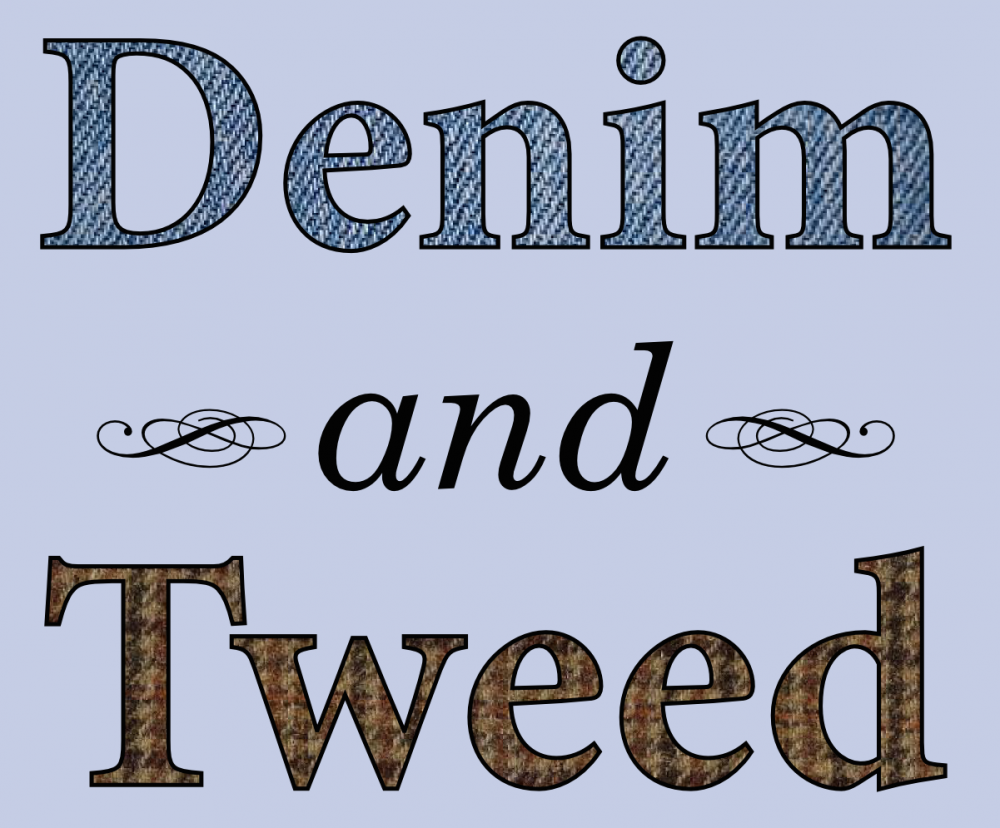 Waiting for the next one to drop? Photo by KhayaL.
Waiting for the next one to drop? Photo by KhayaL.What? You still haven’t told Facebook you like Denim and Tweed? But then how else will it know to send you ads for, um, obligate pollination mutualism?
- Gotta start somewhere. The simplest possible biological eye—and the starting point for the evolution of more complex models—may have been found in brachiopod larvae.
- Look out below! In Palmyra Atoll National Wildlife Refuge, introduced coconut palms are literally bombing the natives into extinction.
- In case you missed it. The Carnival of Evolution is out at Genome Engineering.
- Herpetologist porn. Anolis osa has just been differentiated from Anolis polylepis based on what a leading Anole scholar calls their “man parts.”
- Big cats, but no longer the top dogs. With population declines of more than 90 percent since 1960, lions are in danger of extinction in the wild.
- But wait, there’s more. It’s not looking so great for every other known species, either.









